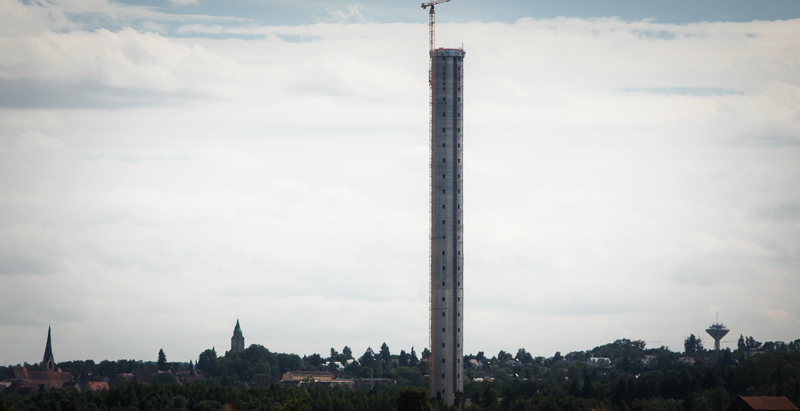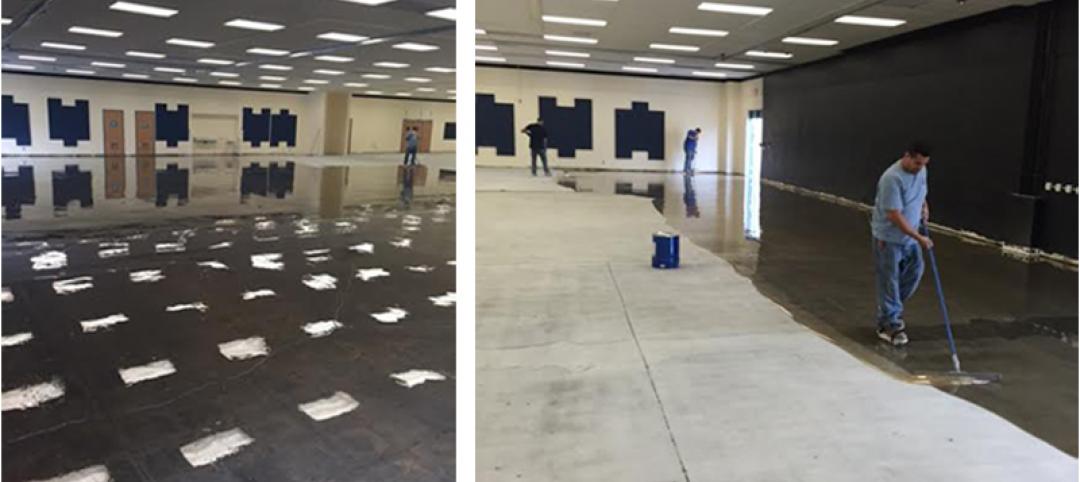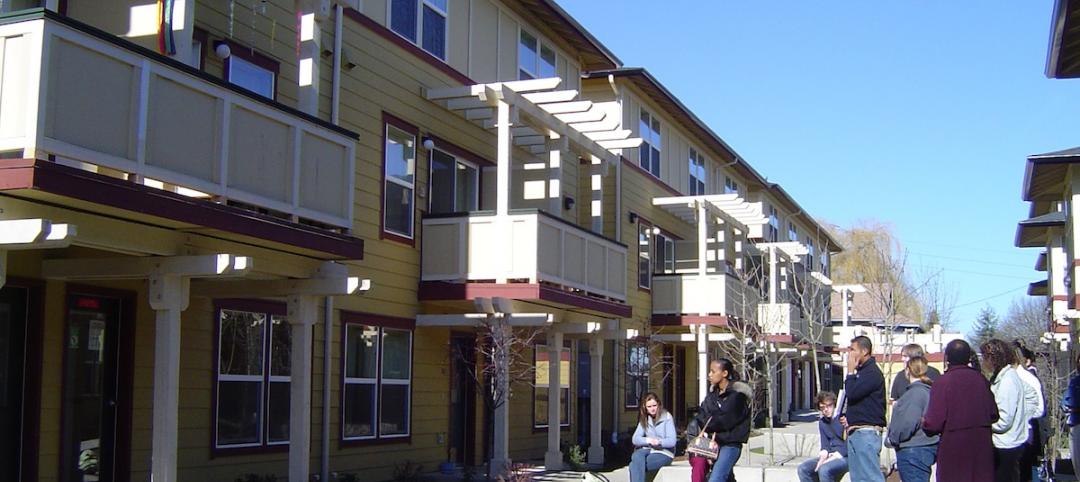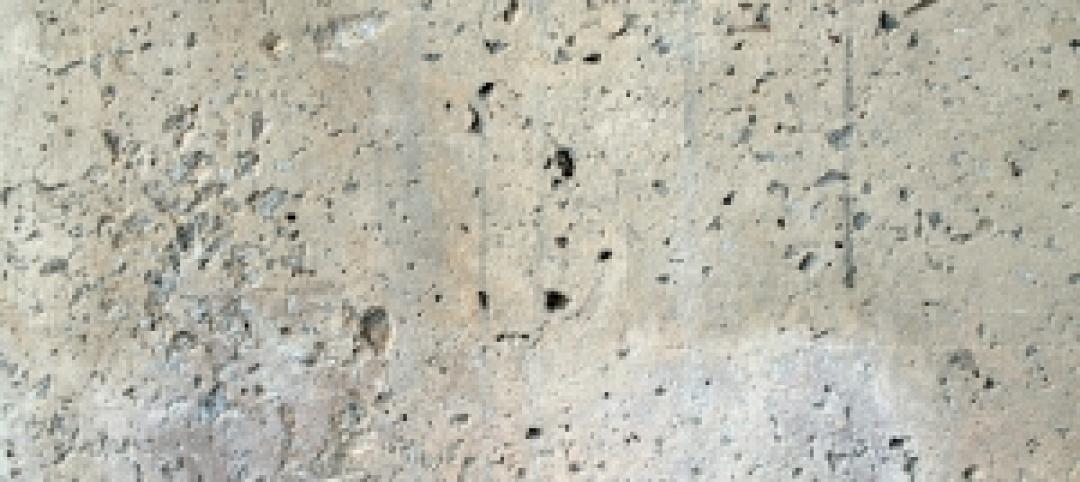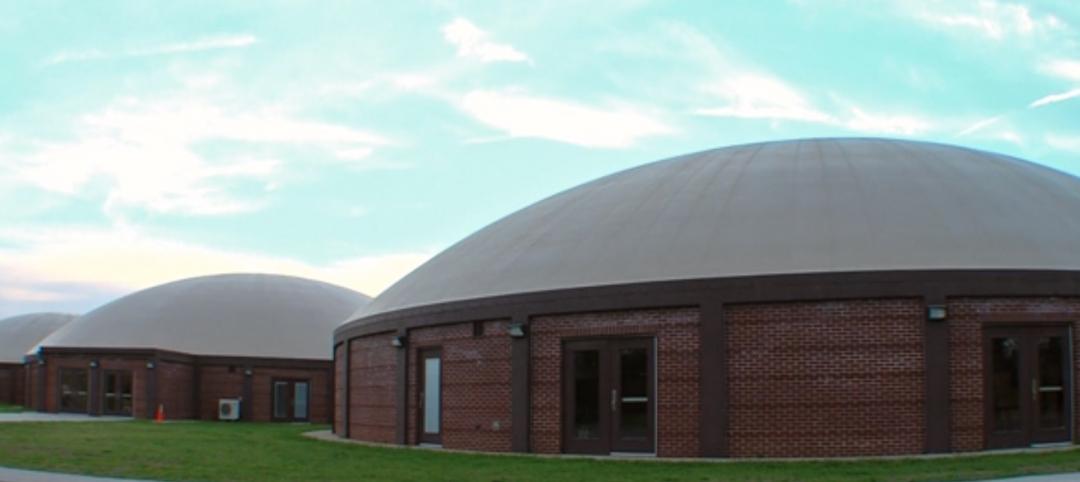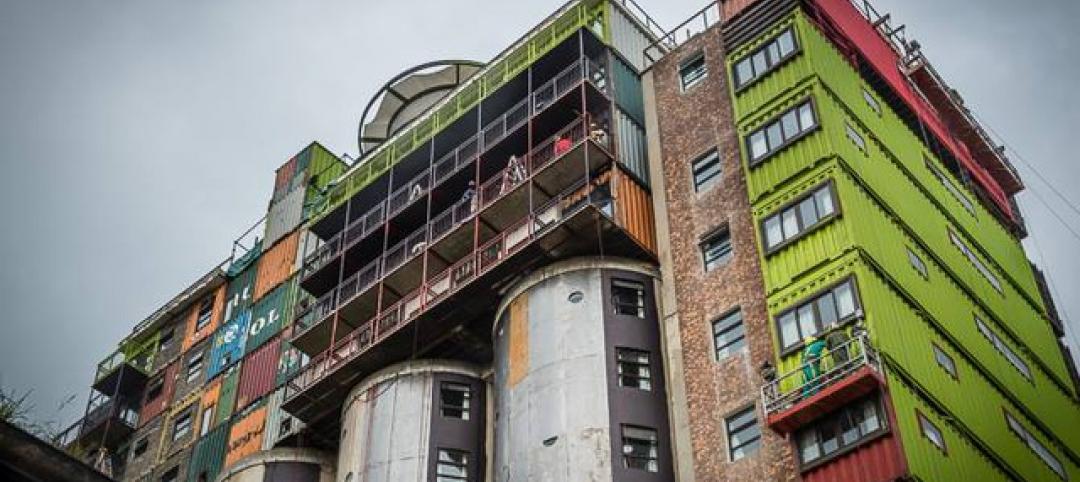Elevator manufacturing giant ThyssenKrupp announced its plans to develop a rope-free elevator last year. These new elevators will instead be moved by magnets, allowing for vertical and horizontal movement of multiple cars in one shaft.
Now, according to Popsci, the multinational conglomerate is nearly finished constructing a test tower for these elevator prototypes, called Multi, in the company’s homeland of Germany.
The location of Rottweil, in the Black Forest, was selected because of its proximity to the “roughly ten thousand engineering students” enrolled in universities in Stuttgart and Konstanz, and the Swiss cities of St. Gallen, Zürich, and Winterthur.
The building is 761 feet high made out of concrete. It has 12 elevator shafts, three of which will be used to test the Multi elevators.
“Cutting the cord will allow architects to build taller buildings, as well as elevators that can travel sideways as well as vertically,” Popsci reports.
According to Gizmodo, the facility will also be used to test super fast elevators that travel up to 60 feet per second.
The tower is designed by German architect Helmut Jahn. Construction was done using a technique called slipforming, where workers continuously pour concrete into formwork at a fast pace.
The tower will eventually be cloaked “in a twisting, lightweight white façade,” Gizmodo reports.


Related Stories
Sponsored | Flooring | May 18, 2015
Suburban L.A. high school battles moisture-soaked flooring
School officials had to take action when popped flooring created trip hazards
Multifamily Housing | Mar 16, 2015
New Jersey Supreme Court puts control of affordable housing agency in the courts
The court said the state’s affordable housing agency had failed to do its job, and effectively transferred the agency's regulatory authority to lower courts.
| Nov 7, 2014
Prefab helps Valparaiso student residence project meet an ambitious deadline
Few colleges or universities have embraced prefabrication more wholeheartedly than Valparaiso (Ind.) University. The Lutheran-based institution completed a $27 million residence hall this past summer in which the structural elements were all precast.
| Sep 30, 2014
Breakthrough concrete mix could reduce carbon emissions by 60%
Scientists at MIT have found a way to decrease the carbon emissions that result from concrete production: reducing the ratio of calcium to the silicate-rich clay.
| Aug 5, 2014
New bomb-proof concrete mixture used in One World Trade Center
The new concrete mix deforms instead of breaking, removing the threat of flying debris in an explosive attack.
| Jul 11, 2014
Are these LEGO-like blocks the future of construction?
Kite Bricks proposes a more efficient way of building with its newly developed Smart Bricks system.
| Jun 12, 2014
Austrian university develops 'inflatable' concrete dome method
Constructing a concrete dome is a costly process, but this may change soon. A team from the Vienna University of Technology has developed a method that allows concrete domes to form with the use of air and steel cables instead of expensive, timber supporting structures.
| May 15, 2014
'Virtually indestructible': Utah architect applies thin-shell dome concept for safer schools
At $94 a square foot and "virtually indestructible," some school districts in Utah are opting to build concrete dome schools in lieu of traditional structures.
| Feb 14, 2014
Must see: Developer stacks shipping containers atop grain silos to create student housing tower
Mill Junction will house up to 370 students and is supported by 50-year-old grain silos.


